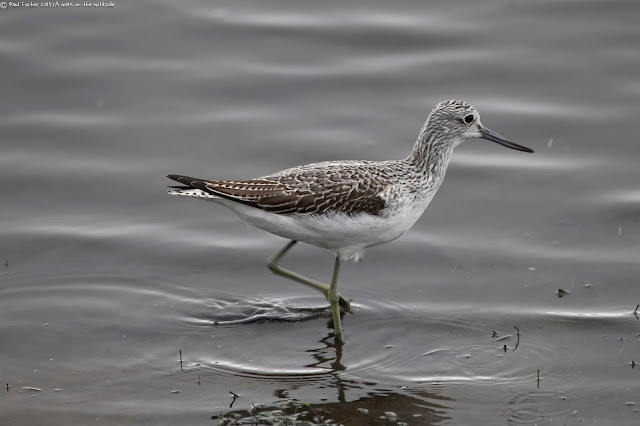I spent a few days down on the Dorset/Devon border recently,a sort of mini break with my wife and daughter.We have left our caravan down there, as we tend to go down quite regularly now and it saves the hassle of having to tow it the 260 miles each way!We always stay in the Lyme Regis area,which is quite central to Weymouth in the East and Exeter in the west.
The area is famed for its pebble bed heathlands,which are a haven for certain species of birds and fauna.As is the case when we are away, I am always up with the lark and out and about with the camera for a few hrs,always in my opinion the best time of day.
I had recced a particular heathland on a previous visit and this was my target for the next few mornings.I had heard that it supported a few pairs of Dartford warbler but the place was huge and it proved a bit daunting at first to see one,never mind photograph one,add to the fact that they are usually hidden well within cover and when they do fly,it is usually darting and low..but I do like a challenge as they say!
I

The Stonechat was about in decent numbers and always perch prominently for the camera,this male was in fine breeding plumage.
It had a juvenile close by, which it was feeding on a regular basis!
Amongst the gorse,this young buck checked me out,but he was soon on his toes!
I came across an older buck that appeared out of nowhere ,I was sat down having a brew and sandwich when he unexpectedly put in an appearance.
Eventually I heard a Dartford warbler singing and set about the long wait trying to obtain a half decent image.The heathland was criss crossed with paths and eventually he came within range!
 |
| It was a real challenge waiting for this bird to show and eventually he did!I believe sadly that numbers are really down from previous years as these birds do not migrate,so are at the mercy of the british winter! |
 |
| Yellowhammers were singing from various patches of gorse,they were quite common here! |
Linnets were ever present amongst the gorse bushes,always sending out their metallic song!These were the most common of the heathland birds to be found!
A nice pose by this confiding Linnet too!
Now the star bird of the heaths for me,has to be the Nightjar!A somewhat difficult bird to photograph, as they are crepuscular, meaning nocturnal!Local to our were we stay, is a small heath area, roughly 12 acres in size and recently grazed by Exmoor ponies,it is more or less circular in size and bordered by pine trees,forestry commission land.I had often wondered if it held any Nightjar, as I hadn't heard of any reports and usually I was the only one there!
I made a determined effort to check it out towards dusk, in the hope of hearing the familiar churring song made by the nightjars trying to attract a mate.As nighttime approached I made myself comfatable and started on my flask, in anticipation of some action.An Owl hooted in the distance and a deer shot out of the pine trees.A 15 min wait and I was listening to my first nightjar singing heartily in the distance..result.
I walked towards the noise in the growing darkness and suddenly a male nightjar was flying around in front of me,, awesome!In fact there were a total of 3 separate birds present all hawking moths at one stage.I had some superb views of these birds literally 10 metres away from where I was stood.
I decided to come back the next night, hoping to find a perched bird,which might allow an image or 2.
Armed with my trusty binoculars and about half an hour till sunset,I set about trying to locate a perched bird before it went too dark.I must have scanned every pine tree on the heath but to no avail,they must be either down low on the floor or within the confines of the wood.With the light now gone and approaching 9.45 pm,I waited for one to start churring and just maybe it would give me a few record shots,10 mins later and I'm looking at a male nightjar, perched prominently on a dead pine tree,upping the iso setting to a ridiculous high and hand holding the heavy lens, a record shot was gained.
I still had 5 mins left before it really would be too dark to see,so I just sat there watching, 4 birds were now flitting around, as I made my way back to the car.
It had been a worthwhile exercise,but I feel that I can do a lot better with these birds.You will be the first to know if I am successful,many thanks for looking in at my blog and do keep well!
 |
| My final image,nightjar on the wing, silhouetted in the last remnants of light! |




















































